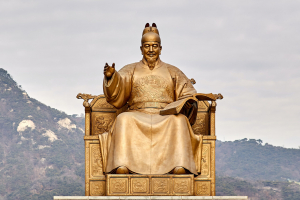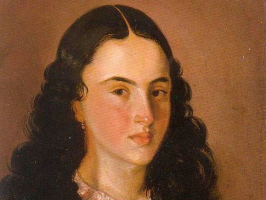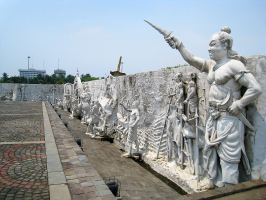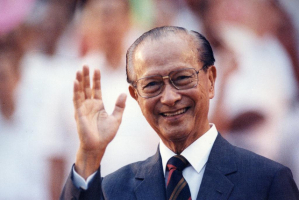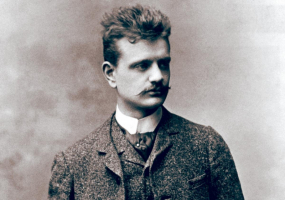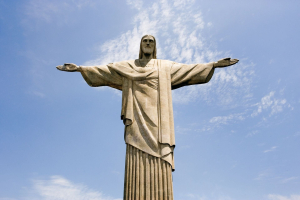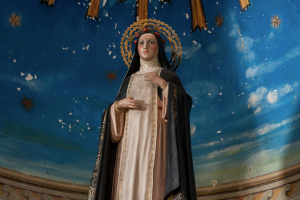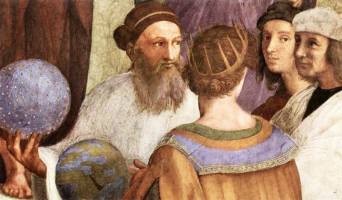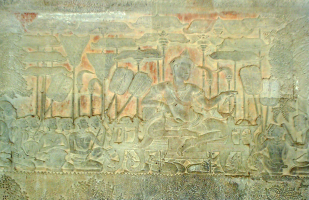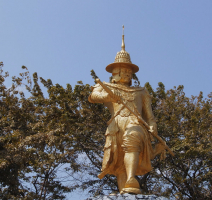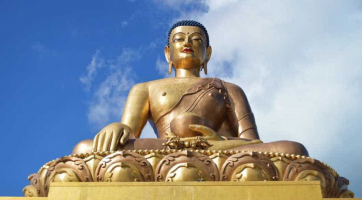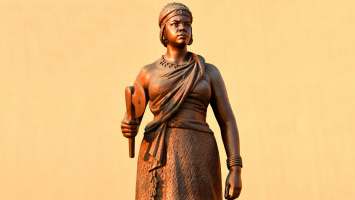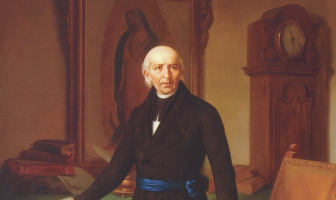Top 10 Most Important Historical Figures In Japan
The Japan we see today is vastly different from the Japan that existed centuries ago. Wars had to be won, cultural barriers had to be broken, and many people ... read more...had to step up in the past (and still do now) to make the necessary changes to become what the country is today. Japan's long and rich history and present are replete with brave, creative, and unafraid forward-thinkers. It is a country where people used to walk hundreds of kilometers and now has the fastest bullet trains that can take you across the country in just 3.5 hours. While the list of historical figures who have contributed to the success of this wonderful country is endless, we've managed to compile a list of the most important historical figures in Japan who have unquestionably influenced Japan's history in some way.
-
Oda Nobunaga (織田 信長; 23 June 1534 - 21 June 1582) was a Japanese daimyo and a key figure during the Sengoku period. He is regarded as Japan's first "Great Unifier."
Nobunaga was the powerful Oda clan's leader when he launched a war against other daimyos to unify Japan in the 1560s. In 1573, Nobunaga became the most powerful daimyo, deposing the nominally ruling shogun Ashikaga Yoshiaki and dissolving the Ashikaga Shogunate. By 1580, he had conquered most of Honshu island and had defeated the Ikkō-ikki rebels. Nobunaga's reign was notable for innovative military tactics, the promotion of free trade, civil government reforms, and the beginning of the Momoyama historical art period, but also for the brutal suppression of those who refused to cooperate or yield to his demands. In the Honnō-ji Incident in 1582, Nobunaga's retainer Akechi Mitsuhide ambushed him in Kyoto and forced him to commit seppuku. Toyotomi Hideyoshi succeeded Nobunaga, and he and Tokugawa Ieyasu completed their war of unification shortly after.
Nobunaga is regarded as one of the three great unifiers of Japan, along with his retainers Toyotomi Hideyoshi and Tokugawa Ieyasu. Hideyoshi later united Japan in 1591 and invaded Korea the following year. He died in 1598, however, and Ieyasu took power after the Battle of Sekigahara in 1600, becoming shogun in 1603, and bringing the Sengoku period to an end.
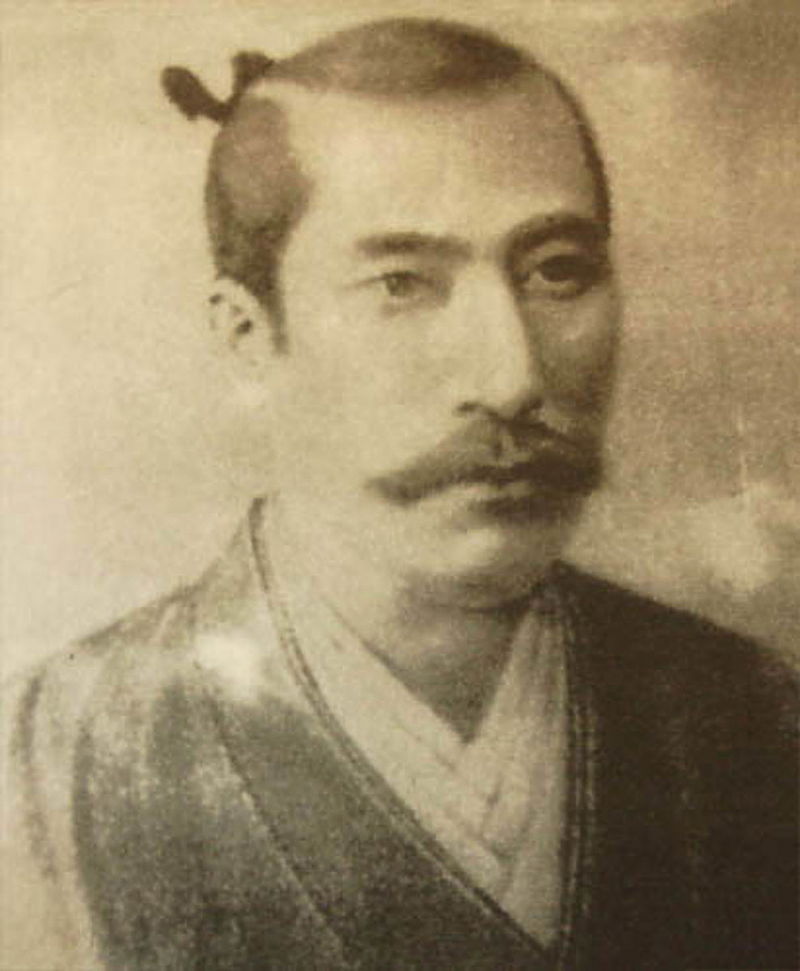
cdo.wikipedia.org 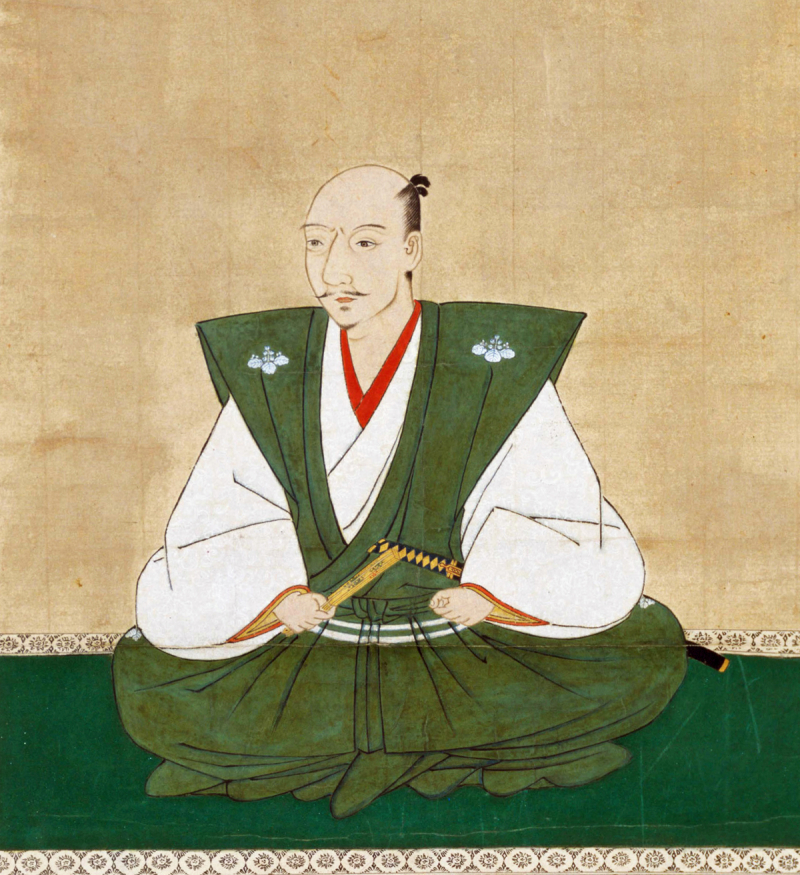
vi.m.wikipedia.org -
Osamu Tezuka (手塚 治虫, born 手塚 治, Tezuka Osamu; November 3, 1928 - February 9, 1989) was a Japanese cartoonist, manga artist, and animator. Born in Osaka Prefecture, his prolific output, pioneering techniques, and innovative genre redefinitions earned him titles such as "the God of Manga" (マンガの神様, Manga no Kami-sama), "the Father of Manga" (マンガの父, Manga no Chichi), and "the Godfather of Manga" (マンガの教父, Manga no Kyōfu). Furthermore, he is frequently regarded as the Japanese equivalent of Walt Disney, who was a major inspiration to Tezuka during his formative years. Though this phrase praises the quality of his early comic books and animations, it also obscures the significance of his later, more literary, gekiga works.
With the publication of New Treasure Island in 1947, Tezuka launched what became known as the Japanese comic revolution. His work spawned some of the most influential, successful, and well-received comic series of all time, including the children's mangas Astro Boy, Princess Knight, and Kimba the White Lion, as well as the adult-oriented series Black Jack, Phoenix, and Buddha, all of which won multiple awards.
Osamu Tezuka died in 1989 of stomach cancer. His death shocked the Japanese public as well as other cartoonists. Tezuka's memory and life works were honored with a museum in Takarazuka, and he received numerous posthumous awards. At the time of his death, several animations were in the works, as were the final chapters of Phoenix, which were never released. He is among the most important historical figures in Japan.
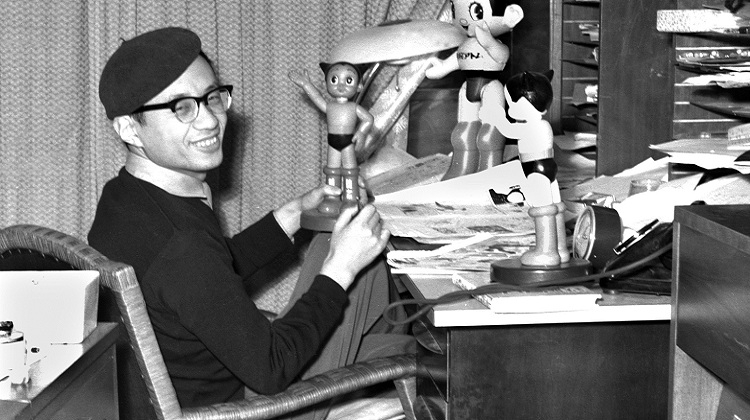
cmavn.org 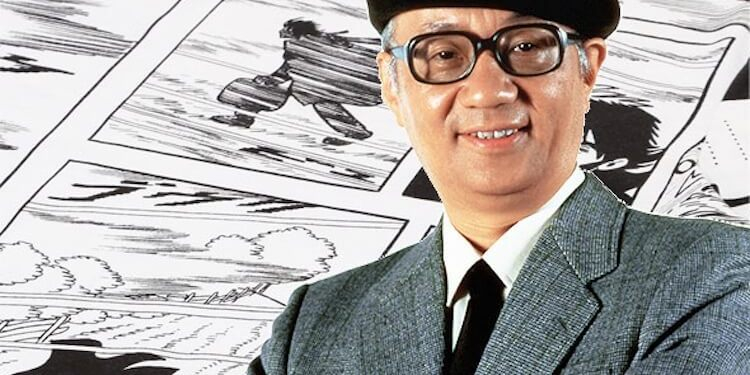
bookhunterclub.com -
Tokugawa Ieyasu (徳川家康, January 31, 1543 - June 1, 1616; born Matsudaira Takechiyo and later adopting other names) was the founder and first shōgun of Japan's Tokugawa Shogunate, which ruled the country from 1603 until the Meiji Restoration in 1868. Along with his former lord Oda Nobunaga and fellow Oda subordinate Toyotomi Hideyoshi, he was one of Japan's three "Great Unifiers." Ieyasu, the son of a minor daimyo, served as a hostage for daimyo Imagawa Yoshimoto on behalf of his father. After his father's death, he succeeded as daimyo, serving as vassal and general of the Oda clan and consolidating his power under Oda Nobunaga.
Tokugawa Ieyasu was a rival of Toyotomi Hideyoshi after Oda Nobunaga's death, before declaring his allegiance and fighting on his behalf. Toyotomi moved Ieyasu to the Kanto plains in eastern Japan, away from the Toyotomi power base in Osaka. He built his castle in Edo, a fishing village (now Tokyo). Under the Toyotomi regime, he rose to become the most powerful daimyo and senior officer. In Toyotomi's failed attempt to conquer Korea, Ieyasu maintained his strength. Ieyasu seized power after Toyotomi's death in 1600, following the Battle of Sekigahara. He was appointed shogun in 1603, and voluntarily resigned in 1605, but remained in power until his death in 1616. He instituted the bakuhan system, a set of strict rules designed to keep the daimyo and samurai in check during the Tokugawa Shogunate.
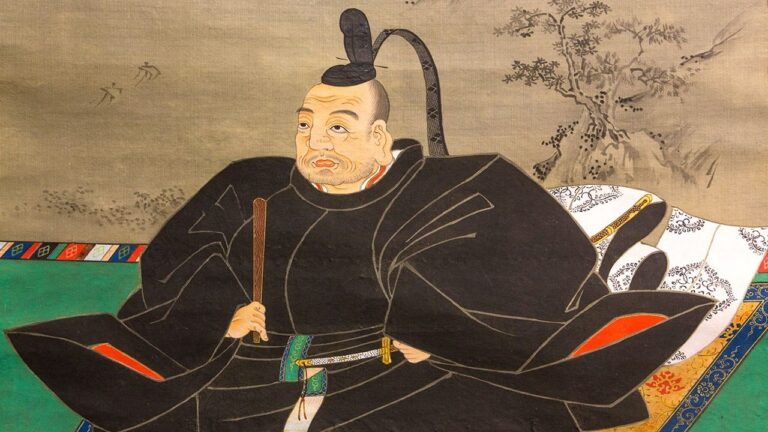
nghiencuulichsu.com 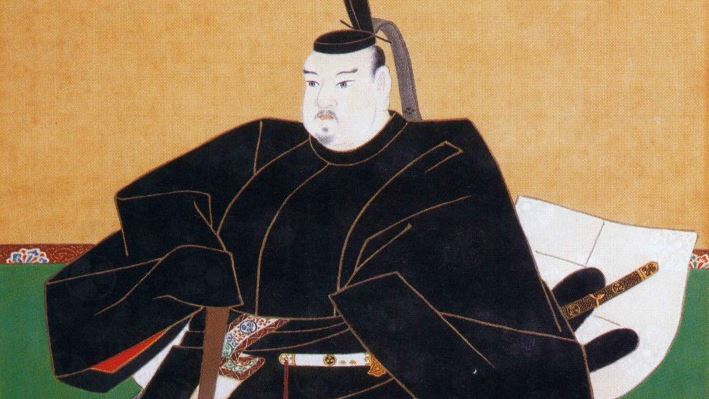
nghiencuuquocte.org -
Sakamoto Ryōma (坂本龍馬, 3 January 1836 - 10 December 1867) was a Japanese samurai and a key figure in the Bakumatsu and the establishment of the Empire of Japan during the late Edo period.
He was a low-ranking samurai from Shikoku's Tosa Domain who became an outspoken opponent of the Tokugawa Shogunate after Japan's sakoku isolationist policy ended. Ryōma, also known as Saitani Umetarō (才谷梅太郎), worked against the Bakufu, the Tokugawa shogunate's government, and was frequently pursued by their supporters and the Shinsengumi. Ryōma supported democracy, Japanese nationalism, the return of power to the Imperial Court, the abolition of feudalism, and Japan's moderate modernization and industrialization. Ryōma successfully negotiated the Satchō Alliance, which united the powerful rival Chōshū and Satsuma domains against the Bakufu. Ryōma and his companion Nakaoka Shintarō were assassinated in December 1867, shortly before the Boshin War and the Meiji Restoration.
Ryōma was a visionary who envisioned an independent Japan free of feudalism and the caste system, inspired by the United States' example of "all men are created equal." Ryōma admired democratic principles and studied democratic governance, particularly that of the United States Congress and the British Parliament, as a model for Japan's post-Restoration governance. Ryōma contended that the Imperial Court lacked the resources and wherewithal to run the country after centuries of having little to no political power. While discussing the future model of Japanese government with Gotō Shōjirō on board a Tosa ship outside Nagasaki in 1867, Ryōma wrote the "Eight Proposals While Shipboard" (『船中八策』). Ryōma outlined the need for a democratically elected bicameral legislature, the creation of a constitution, the establishment of a national army and navy, and the regulation of gold and silver exchange rates. Ryōma read about the Western world and realized that Japan needed to modernize in order to compete with an industrially and technologically advanced outside world. Ryōma's proposals are thought to have served as the foundation for Japan's subsequent parliamentary system, which was implemented after his death.
Ryōma has also been regarded as an intriguing blend of the traditional and modern, as evidenced by his preference for samurai garb while wearing Western shoes. In Japanese popular culture, Ryōma has been heavily featured and romanticized.
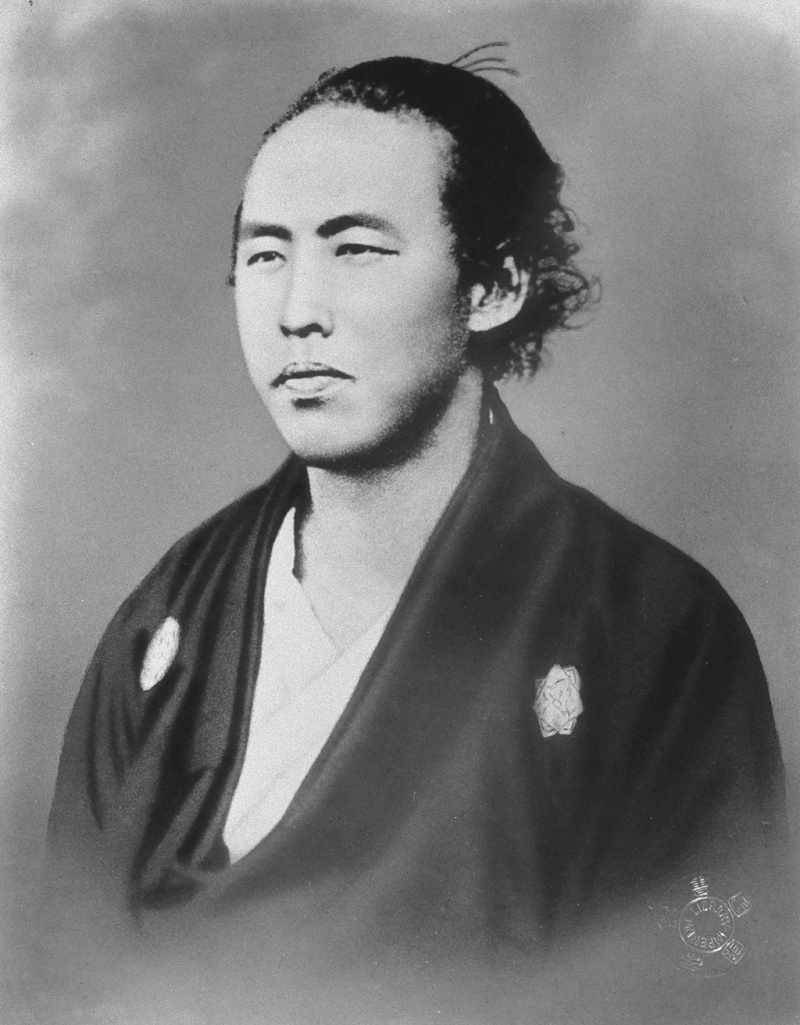
vi.wikipedia.org 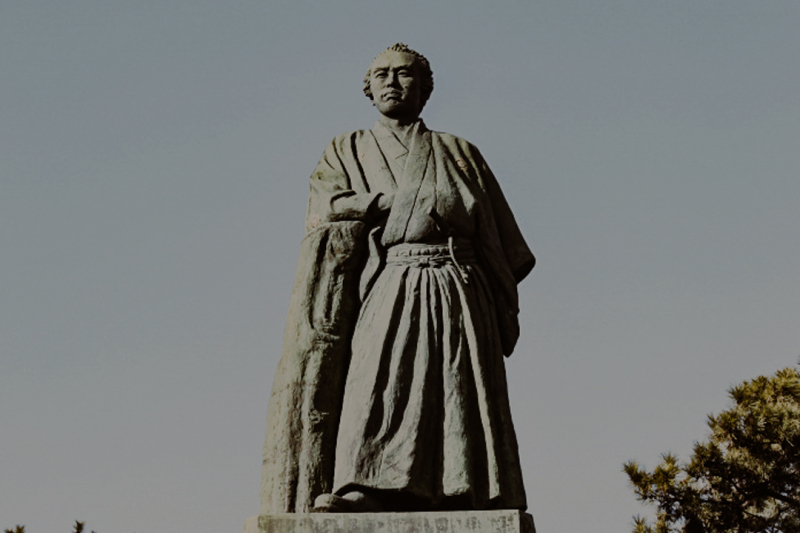
isenpai.jp -
Prince Shōtoku (聖徳太子, Shōtoku Taishi, February 7, 574 - April 8, 622), also known as Prince Umayado (厩戸皇子, Umayado no ōjî) or Prince Kamitsumiya (上宮皇子, Kamitsumiya no ōji) , was a semi-legendary regent and politician in Japan during the Asuka period. He was Emperor Yōmei's son and his consort, Princess Anahobe no Hashihito, who was also Yōmei's younger half-sister. His parents were Soga clan relatives, and he was also involved in the defeat of the rival Mononobe clan. The Nihon Shoki is the primary source for Prince Shōtoku's life and achievements. The Prince is well-known in Japan for modernizing government administration and promoting Buddhism.
A devotional cult arose around the figure of Prince Shōtoku for the protection of Japan, the Imperial Family, and Buddhism over successive generations. Key religious figures such as Saichō, Shinran, and others claimed to have received inspiration or visions from Prince Shōtoku.
According to legend, when Bodhidharma visited Japan, he disguised himself as a starving beggar and met Prince Shōtoku. The Prince requested that the beggar identify himself, but the man did not respond. Instead of proceeding, Shōtoku gave him food and drink and wrapped him in his purple robe, telling him to "lie in peace." Shōtoku then sang for the hungry man:
"Alas! ForThe wayfarer lying
And hungered for rice
On the hill of Kataoka
(The sunshiny)
Art thou become
Parentless?
Hast thou no lord
Flourishing as a bamboo?
Alas! For
The wayfarer lying
And hungered for rice!"
Shōtoku sent a messenger to the starving man the next day, but he was already dead. He was deeply saddened by this and ordered his burial. Shōtoku later realized the man was no ordinary man and sent another messenger to discover the earth had not been disturbed. When the tomb was opened, there was no body inside, and the Prince's purple robe lay folded on the coffin. The Prince then dispatched another messenger to retrieve the garment, which he continued to wear as before. Awestruck, the people praised the Prince, saying, "How true it is that a sage knoweth a sage". This legend is associated with the Daruma-dera temple in Ōji, Nara, where a stone stupa was discovered underground, which is extremely rare.
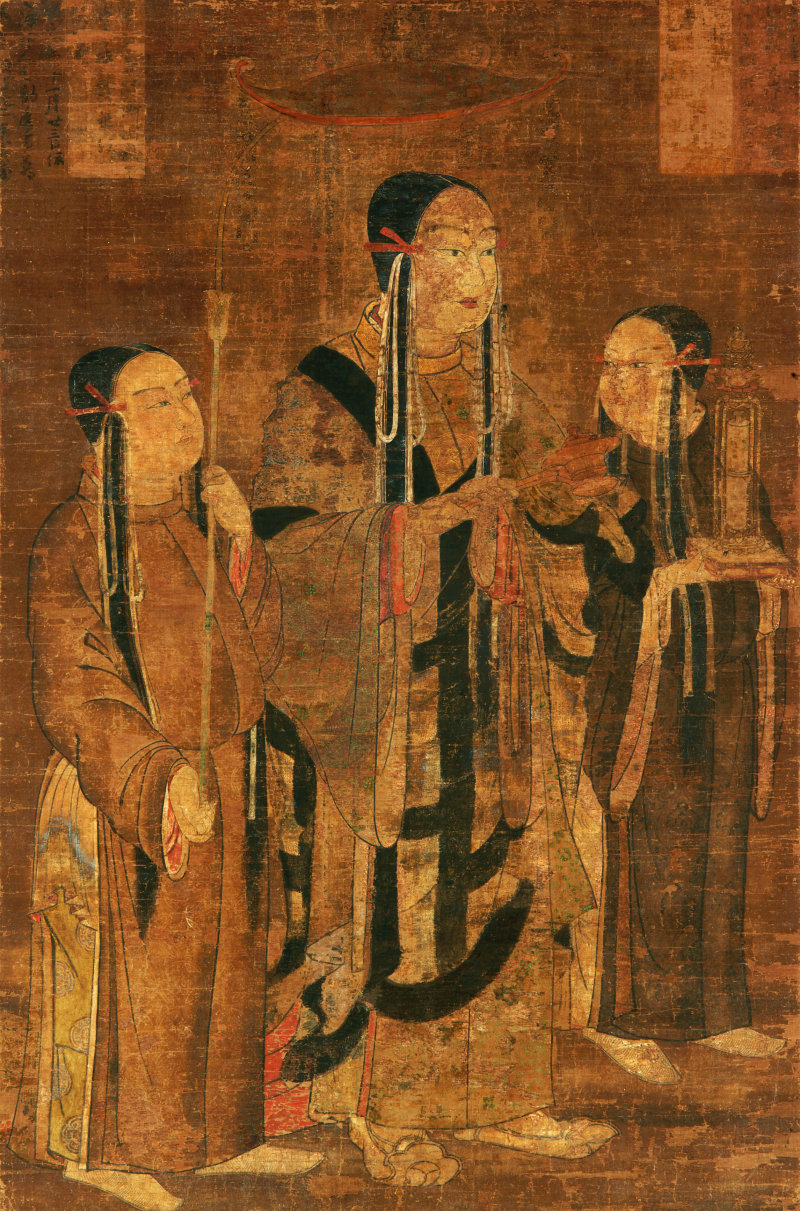
en.wikipedia.org 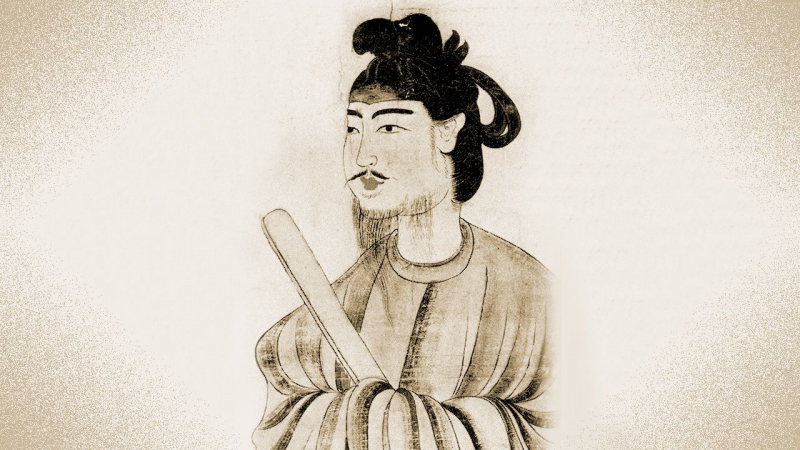
nippon.com -
Miyamoto Musashi (宮本 武蔵, c. 1584 - 13 June 1645), also known as Shinmen Takezō, Miyamoto Bennosuke, or, by his Buddhist name, Niten Dōraku, was a Japanese swordsman, philosopher, strategist, writer, and rōnin who became famous for his unique double-bladed swordsmanship and undefeated record in his 61 duels (next is 33 by Itō Ittōsai). Musashi, as he was often referred to, is regarded as a Kensei, or Japanese sword-saint. Miyamoto Musashi founded the Niten Ichi-ryū, or Nito Ichi-ryū , swordsmanship style, and in his later years wrote The Book of Five Rings (五輪の書, Go Rin No Sho) and Dokkōdō (The Path of Aloneness).
Both his documents were given to Terao Magonojō, Musashi's most important student, seven days before his death. The Book of Five Rings focuses on the concrete character of his Niten Ichi-ryū school, i.e., his own practical martial art and its generic significance, whereas The Path of Aloneness focuses on the ideas that underpin it, as well as his life's philosophy, in a few short aphoristic sentences.
To honor his name and legend as one of the most important historical figures in Japan, the Miyamoto Musashi Budokan training center was built in Ōhara-chō (Mimasaka), Okayama prefecture, Japan.
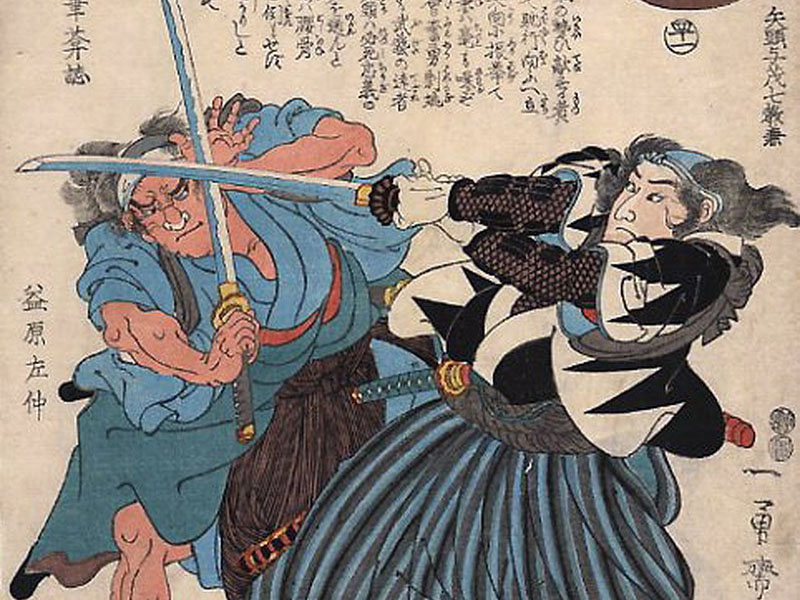
menback.com 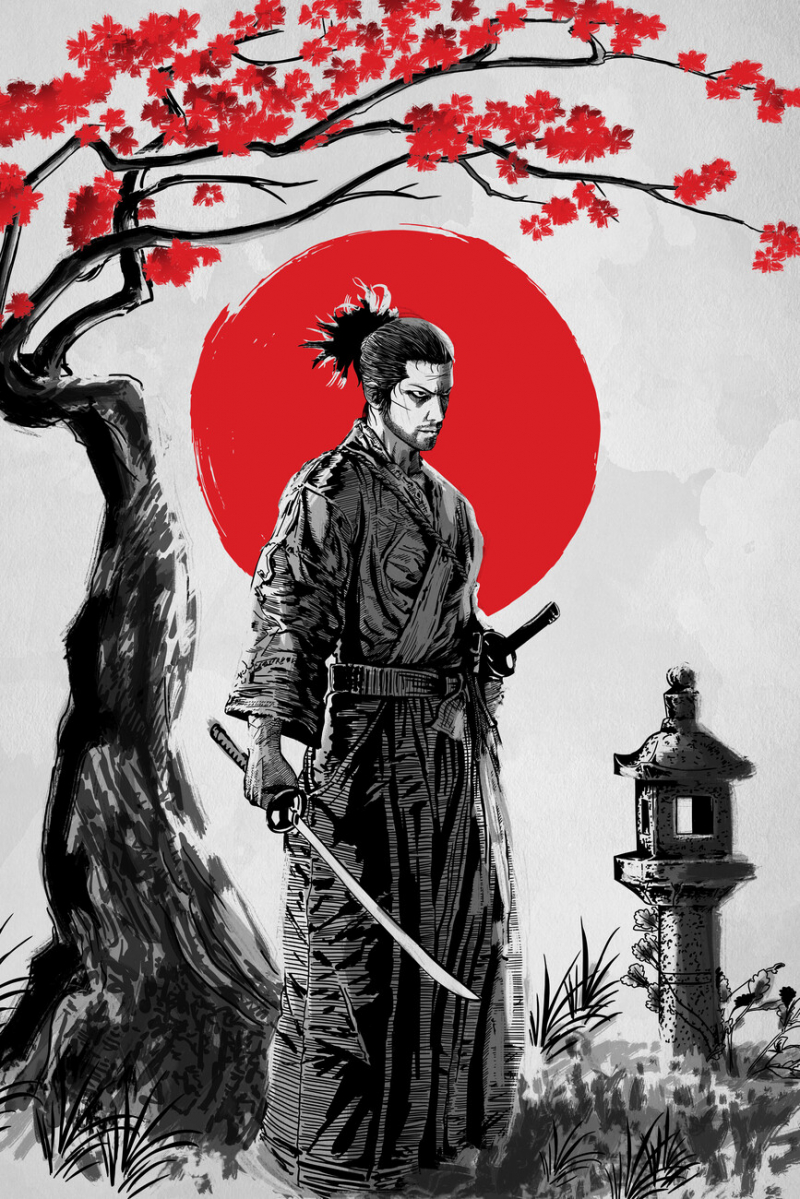
europosters.eu -
Hideyo Noguchi (野口 英世, November 9, 1876 - May 21, 1928), also known as Seisaku Noguchi (野口 清作, Noguchi Seisaku), was a prominent Japanese bacteriologist who discovered the agent of syphilis as the cause of progressive paralytic disease in 1911. Other long-lasting contributions include the use of snake venom in serums, the discovery of the leishmaniasis pathogen, and the association of Carrion's disease with Oroya fever. His claim to have created a syphilis culture is deemed irreproducible.
You may not recognize his name, but if you've spent any time in Japan, you've undoubtedly seen Noguchi Hideyo's face. He is well-known in Japan as the face of the 1,000 yen bank note. Since 2004, this bank note has been in circulation.
Noguchi was a bacteriologist who rose to prominence in 1911. Noguchi moved to America to work at the Rockefeller Institute of Medical Research, where he was nominated for the Nobel Prize in Physiology and Medicine on several occasions.
Despite his tragic death in 1928, Noguchi was posthumously awarded the Japanese government's "Order of the Rising Sun, Gold and Silver Star." He is regarded as one of the most important historical figures in Japan. The Noguchi Memorial Institute for Medical Research (NMIMR) was established in 1979 at the University of Ghana in Legon, a suburb north of Accra, with funds donated by the Japanese government.
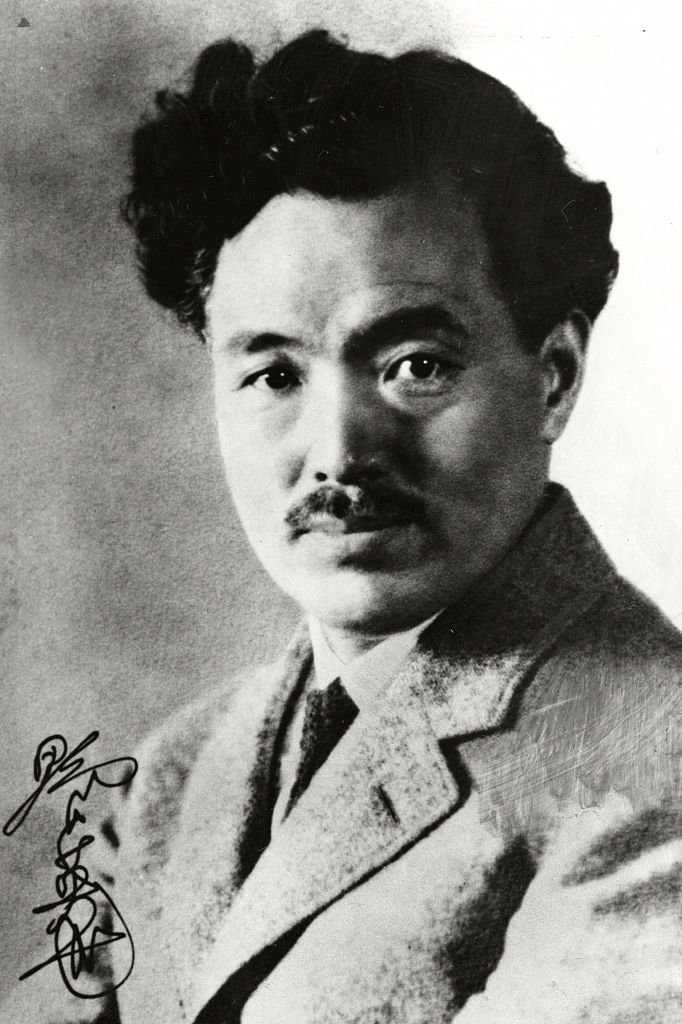
vi.wikipedia.org 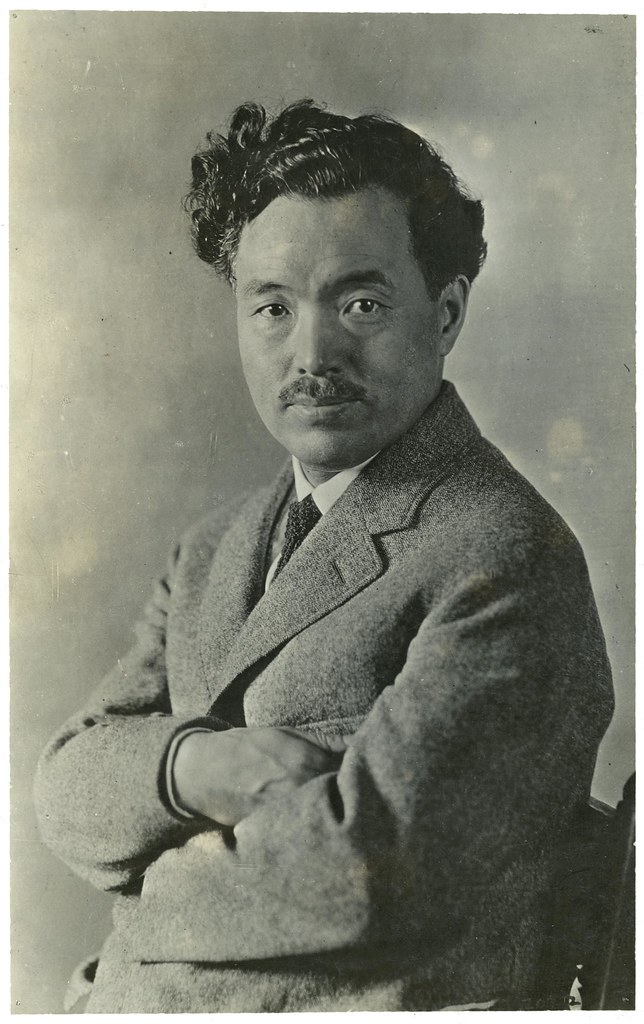
flickr.com -
Ikkyū (一休宗純, Ikkyū Sōjun, 1394-1481) was a controversial Japanese Zen Buddhist monk and poet. He had a significant impact on the infusion of Zen attitudes and ideals into Japanese art and literature, as well as on Zen itself, frequently breaking religious taboos with his stance against celibacy.
Ikkyū is one of Zen history's most important (and eccentric) figures. He is a folk hero to Japanese children, mischievous and always outwitting his teachers and the shōgun. This is due, in addition to oral stories, to the extremely popular animated TV series Ikkyū-san.
He is both a heretic and a saint in the Rinzai Zen tradition. He was one of the few Zen priests who addressed sexuality in a religious context, and he stood out for arguing that love and sex, including lovers, prostitutes, and monastic homosexuality, deepened enlightenment. He believed that sex was a natural part of human nature, making it purer than hypocritical organizations and worldly pursuits. Simultaneously, he warned Zen against its own bureaucratic politicization.
As one of the most famous flute player mendicants of medieval Japan, he is usually referred to as one of the main influences on the Fuke sect of Rinzai zen. He is credited with the composition "Murasaki Reibo." He is regarded as one of the most important influences on the Japanese tea ceremony, as well as one of the greatest calligraphers and sumi-e artists of medieval Japan.
Ikkyū wrote in Kanbun-style classical Chinese, a style popular among contemporary Japanese authors.
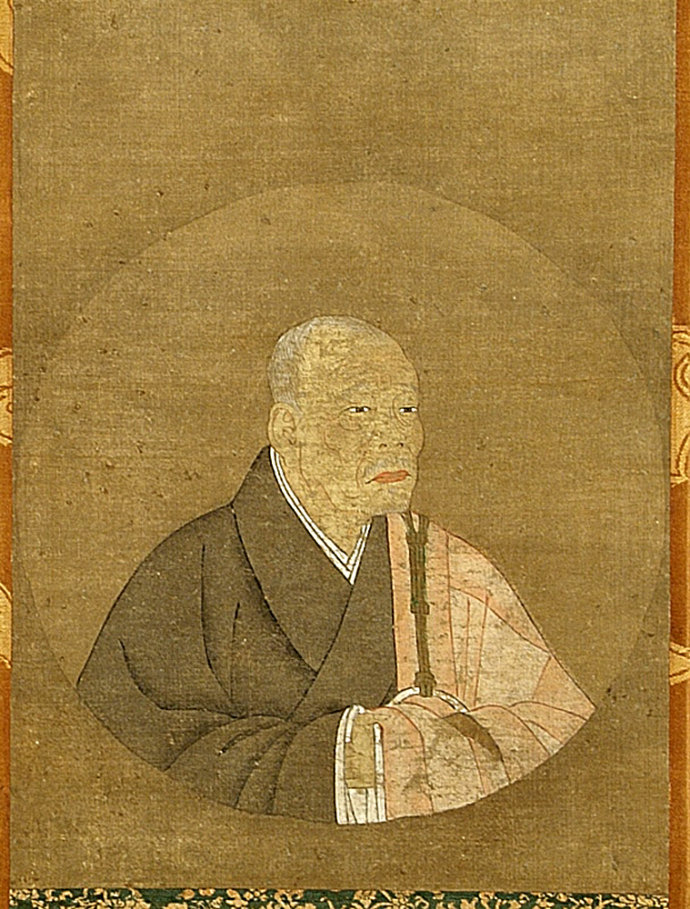
https://terebess.hu/ 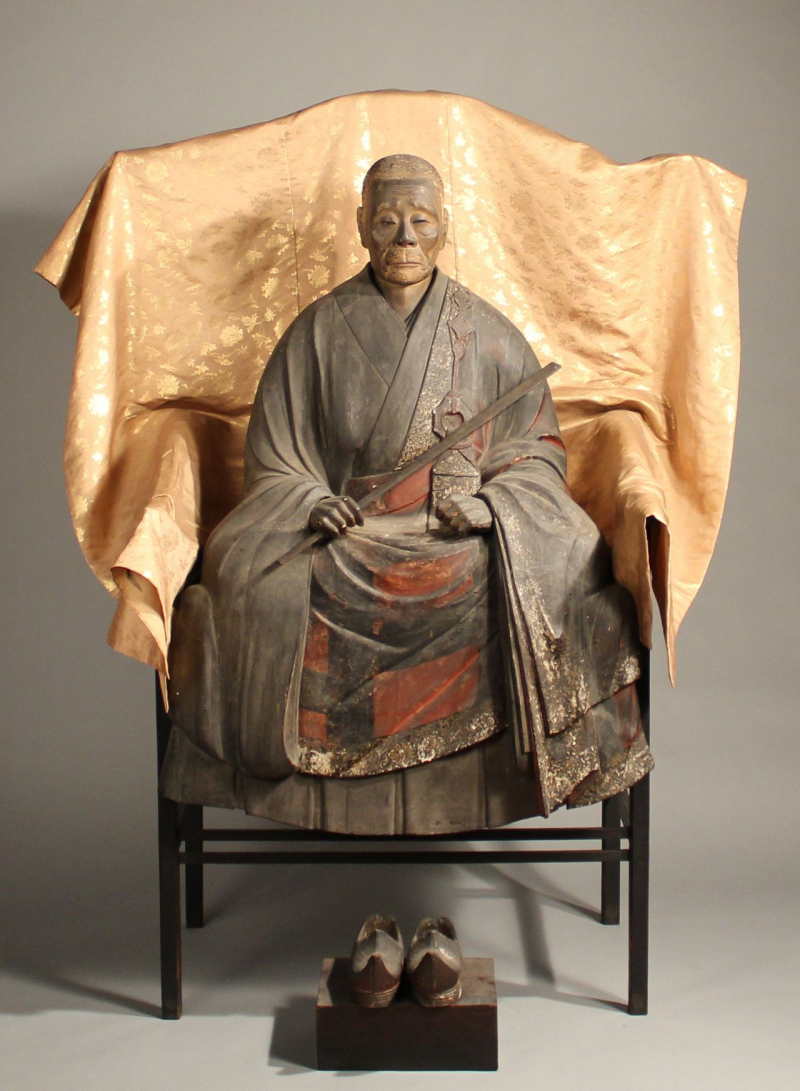
https://www.nippon.com/ -
Toyotomi Hideyoshi (豊臣 秀吉, 17 March 1537 - 18 September 1598), also known as Kinoshita Tōkichirō and Hashiba Hideyoshi, was a Japanese samurai and daimyo (feudal lord) of the late Sengoku period who is regarded as Japan's second "Great Unifier." Hideyoshi is among the most important historical figures in Japan.
Hideyoshi rose from humble beginnings as a retainer of the powerful lord Oda Nobunaga to become one of Japan's most powerful men. After the Honn-ji Incident in 1582, Hideyoshi took over as Nobunaga's successor and continued Nobunaga's campaign to unite Japan, which led to the end of the Sengoku period. By the mid-1580s, Hideyoshi had become the de facto leader of Japan, holding the prestigious positions of Chancellor of the Realm and Imperial Regent. Hideyoshi launched Japanese invasions of Korea in 1592, with initial success, but eventual military stalemate hurt his reputation before his death in 1598. Tokugawa Ieyasu displaced Hideyoshi's young son and successor Toyotomi Hideyori at the Battle of Sekigahara in 1600, resulting in the establishment of the Tokugawa Shogunate.
Hideyoshi's reign spans the majority of Japan's Azuchi-Momoyama period, which is named after his castle, Momoyama Castle. Hideyoshi left an indelible mark on Japan, including Osaka Castle, the Tokugawa class system, the prohibition on samurai possessing weapons, and the construction and restoration of numerous temples, some of which can still be seen in Kyoto.
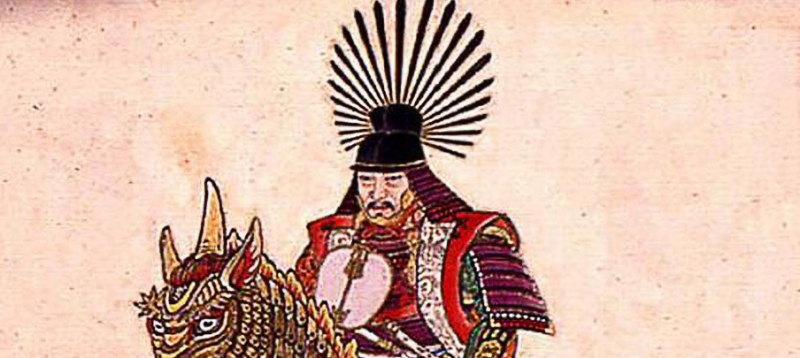
https://www.samuraihistory.com/ 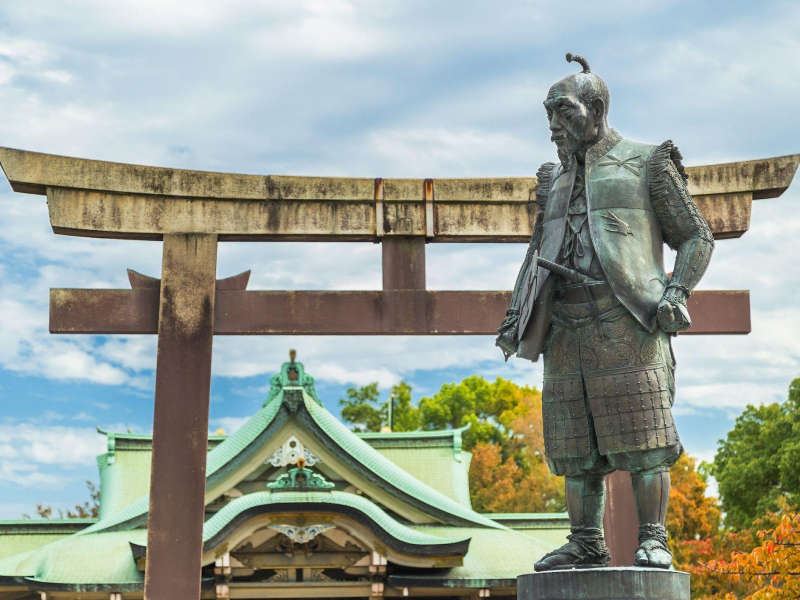
we-xpats.com -
Kōnosuke Matsushita (松下 幸之助, Matsushita Kōnosuke, November 27, 1894 - April 27, 1989) was a Japanese industrialist who founded Panasonic, Japan's largest consumer electronics company. In Japan, Matsushita is known as the "God of Management."
Kōnosuke Matsushita was born in Wakayama Prefecture on November 27, 1894. His father was a wealthy landlord in Wasa, a farming village in present-day Wakayama, and one of the wealthiest men in his community.
Matsushita left Osaka Electric Light Company in 1917 to start his own business. Matsushita would have gone bankrupt if not for a "unexpected order for a thousand insulator plates for electric fans." Matsushita's products were initially marketed under the brand name "National," but were later rebranded as Panasonic, Quasar, and Technics.
Konosuke Matsushita continued to be involved in Panasonic operations until his retirement in 1973. Matsushita has also had a significant stake in JVC since 1954, thanks to an alliance. It still holds a 50% stake today. Matsushita spent his retirement developing and explaining his social and commercial philosophies, and he wrote 44 published books. Over four million copies of one of his books, "Developing A Road To Peace And Happiness Through Prosperity," were sold. At the age of 84, he established the Matsushita School of Government and Management to train future Japanese politicians and businessmen. He received the Grand Cordon of the Order of the Paulownia Flowers in 1987.
His death from pneumonia on April 27, 1989, at the age of 94, was caused by chronic lung problems. He died with personal assets worth $3 billion and a company worth $42 billion in revenue.
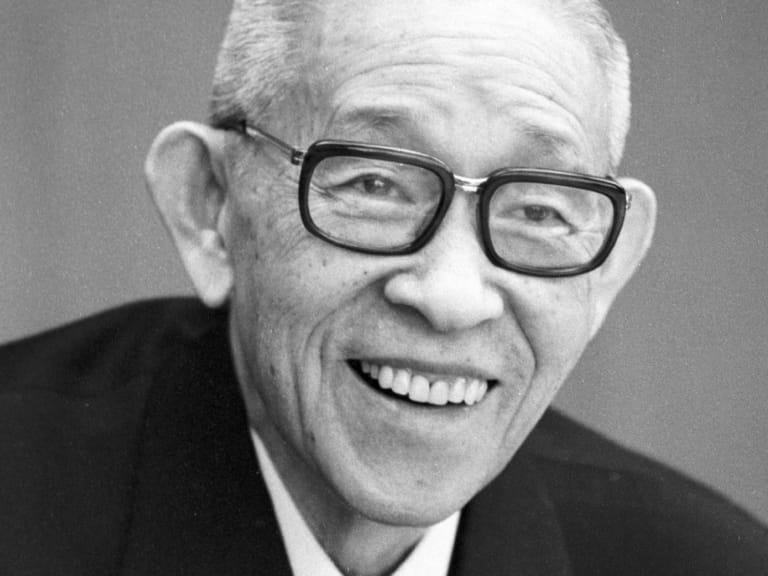
happy.live 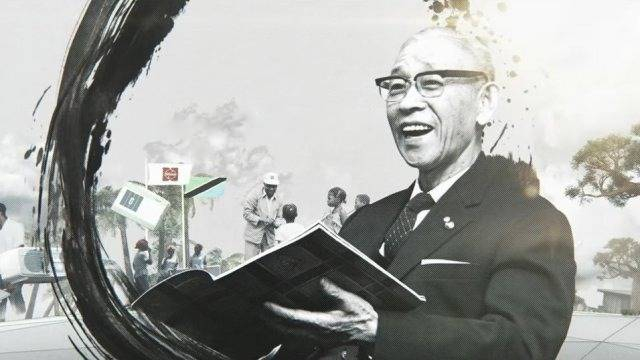
songdep.com.vn














